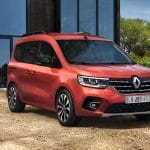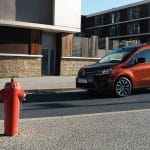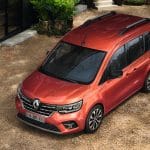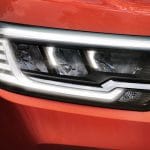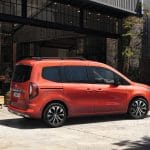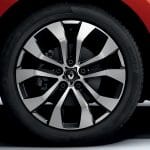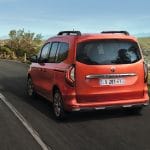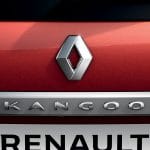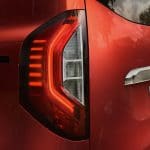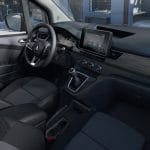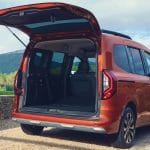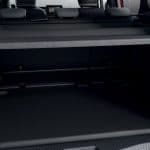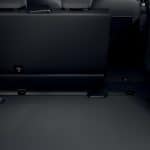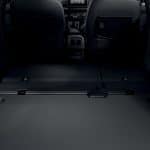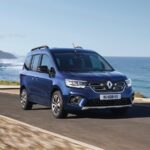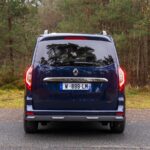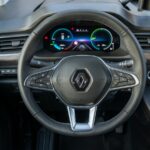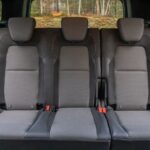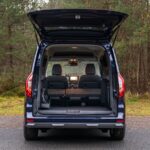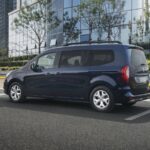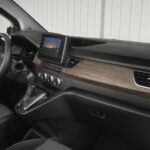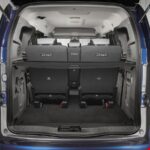The minivans are close to passing to a better life. Today customers demand other types of vehicles, mainly SUVs. However, these are unable to match the capabilities of their familiar colleagues, and although they are disappearing from the market, new alternatives have been emerging. The Renault Kangoo belongs to that increasingly popular niche of minivans emerged from industrial models.
We have tested this car:
Try Renault Kangoo, or how to forget about SUVs if you are looking for space and practicalityAlthough it is spoken of as something new, the reality is that this type of vehicle has been on the market for a long time and, in fact, the Kangoo is one of the oldest. The first generation emerged in 1997 as the natural successor to the Renault Express.. That generation ceases its production 20 years later. In 2007 the second edition was launched on the market in collaboration with Mercedes y Nissan.
Today there are three generations that have hit the roads. The last one is presented in society Renault in the spring of 2021 with profound changes in all fields. From a renewed aesthetic with less industrial focus, to a considerable improvement in terms of equipment and mechanization, including of course electrified variants.
Technical characteristics of the Renault Kangoo
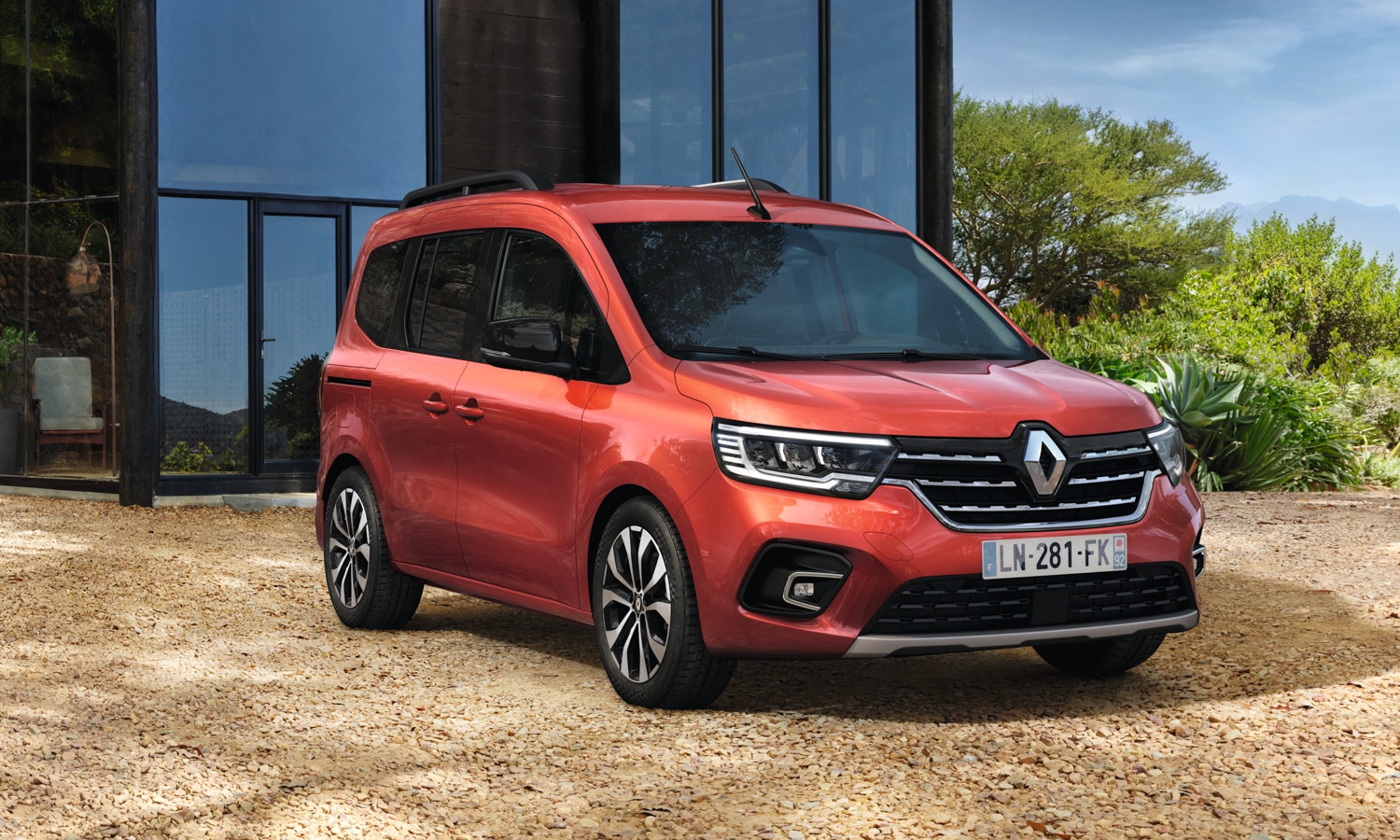
The evolution suffered by this type of vehicle is impressive. In a few years they have gone from having an industrial focus to one of normal and current tourism. Much of that transformation is due to change in structures. Under the bodywork of the Renault Kangoo the CMF-C platform is hidden, is the same that we can see in other models of the house such as the Renault Mégane or Nissan Qashqai, among others.
Being also considered an industrial model, the Kangoo presents various bodies. The Kangoo reaches 4,49 meters long, 1,92 meters wide and 1,84 meters high. Above, in terms of size, we find the Grand Kangoo that extends its proportions to 4,91 meters long. To these exterior dimensions we must add a wheelbase of 2,72 meters. A generous wheelbase that allows it to offer a cabin for a maximum of five or seven passengers depending on the configuration.
Up to three rows of seats are available with individual seats that can be folded and even removed to maximize cargo space. Occupants in the back row enjoy generous space. In terms of cargo capacity, the short Kangoo announces a minimum trunk volume of 775 liters. The Grand Kangoo reduces that figure to 500 liters with three rows of seats deployed. Removing all the seats, the maximum volume reaches 3.750 liters.
Mechanical range and gearboxes of the Renault Kangoo

A vehicle of this type must present a complete range of engines that can be adjusted to the needs of different uses and customers. The Renault Kangoo offers a range that includes diesel units, gasoline and a 100% electric version. This has been the last to arrive, it receives the name Kangoo e-Tech, and offers 102 horses with a maximum approved autonomy of 265 kilometers.
Regarding the thermal range, The entry variant is the 1.5 Blue dCi. A turbocharged four-cylinder diesel engine featuring 75 horsepower and 230 Nm of torque. That same motor is used for the unit below, the 1.5 Blue dCi with 95 horsepower and 260 Nm of torque. These are the most economical units in the range, with consumption set at 5,4 liters per 100 kilometres.
The most performance version mounts a turbocharged four-cylinder gasoline engine called CT. It offers 130 horsepower and 240 Nm of torque.. All units are associated with a six-speed manual gearbox that is responsible for sending all the power to the front axle. All units receive the C label from the DGT, with the exception of the electric version that bears the CERO label.
Renault Kangoo equipment
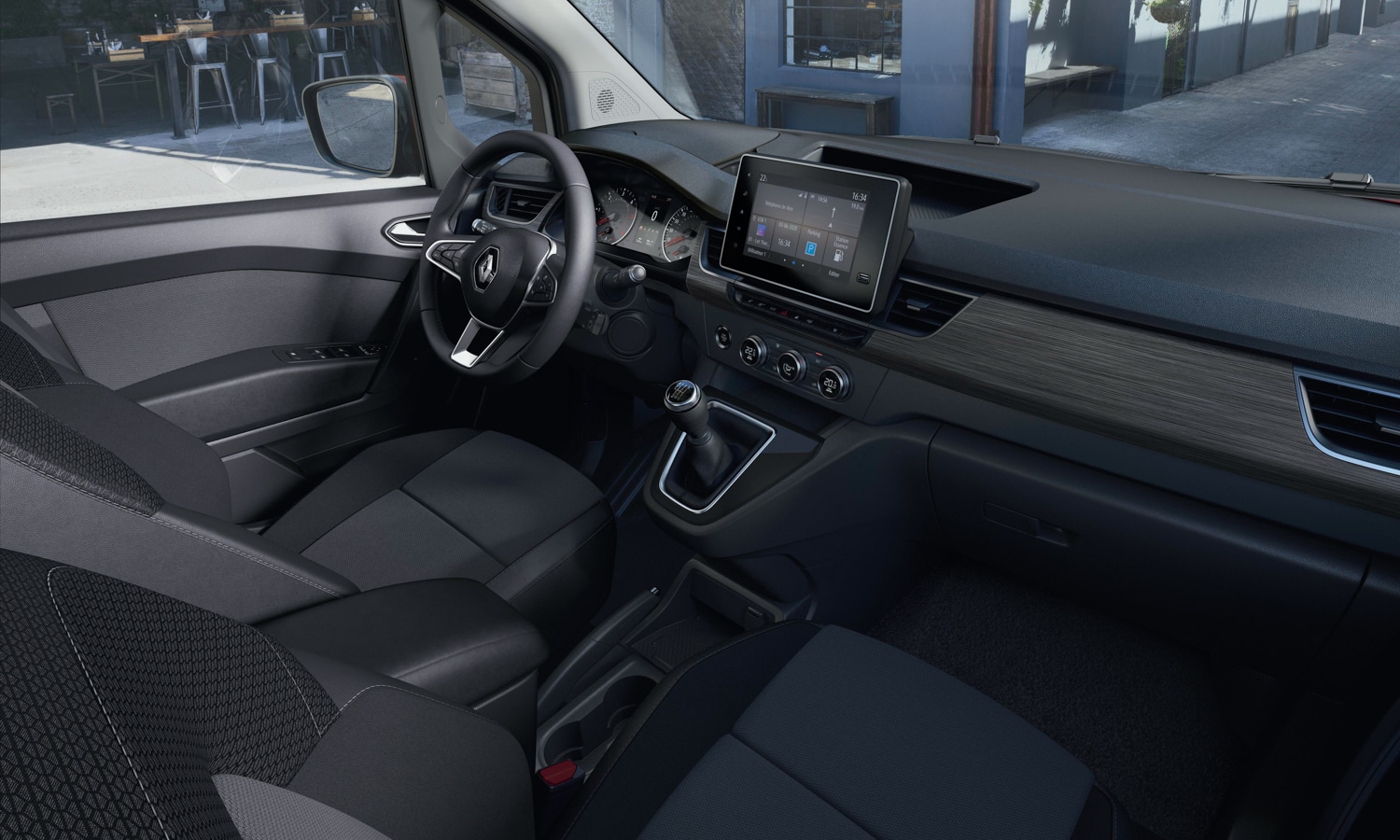
Industrial vehicles and their derivatives should focus primarily on extensive and hard use. Despite this, family versions such as the Kangoo Combi offer a slightly higher level of finishes. From doors to inside it is well presented. Its equipment is good, although the most abundant material is hard plastic. The better finished levels offer higher quality alternatives, such as wood-like moldings or leather-covered surfaces.
As usual in the French house, the equipment structure is divided into different levels. From lowest to highest endowment we find: Equilibre, Authentic and Techno. The differences between them not only lie in the technology they incorporate, but also in the aesthetic appearance they offer and in the quality of some finishes. In this way we can go from a basic model to a more complete and refined one.
The equipment has been one of the main axes on which the development of the latest generation of the Renault Kangoo Combi has revolved. The list of elements is considerable, and it is worth highlighting: Full LED headlights, cruise control, keyless entry and start, sunroof, dual-zone climate control, multimedia system with a screen of up to 7 inches, connectivity for smartphones, and a complete security kit. and driving assistants.
The Renault Kangoo on video
The Renault Kangoo according to Euro NCAP
Like the rest of the vehicles with the possibility of being registered as a passenger car, Euro NCAP subjects the Renault Kangoo to its car tests in 2021, awarding it four of its five safety stars. The results by sections are as follows: 78 out of 100 in adult passenger protection, 87 out of 100 in child passenger protection, 67 out of 100 in pedestrian vulnerability and 72 out of 100 in assistants and driving aids.
The Renault Kangoo of Km 0 and second hand
Keep in mind that to date vehicles like the Kangoo have always been more focused on professional use than family use. Over the years the French model has earned a well-deserved reputation for durability and practicality. Alternative sales channels offer a wide variety of alternatives, where we can verify that the depreciation value is around 32%, a high figure, but in line with that of its rivals.
If we take a look at the used and second-hand market, we see that the cheapest units are from the first generation (1997 – 2007). Prices start in quantities of around 500 euros for diesel models over 20 years old, diesel mechanics and industrial bodywork. In the Km 0 market there are no models for sale, as all dealers await the arrival of the new generation.
Rivals of the Renault Kangoo
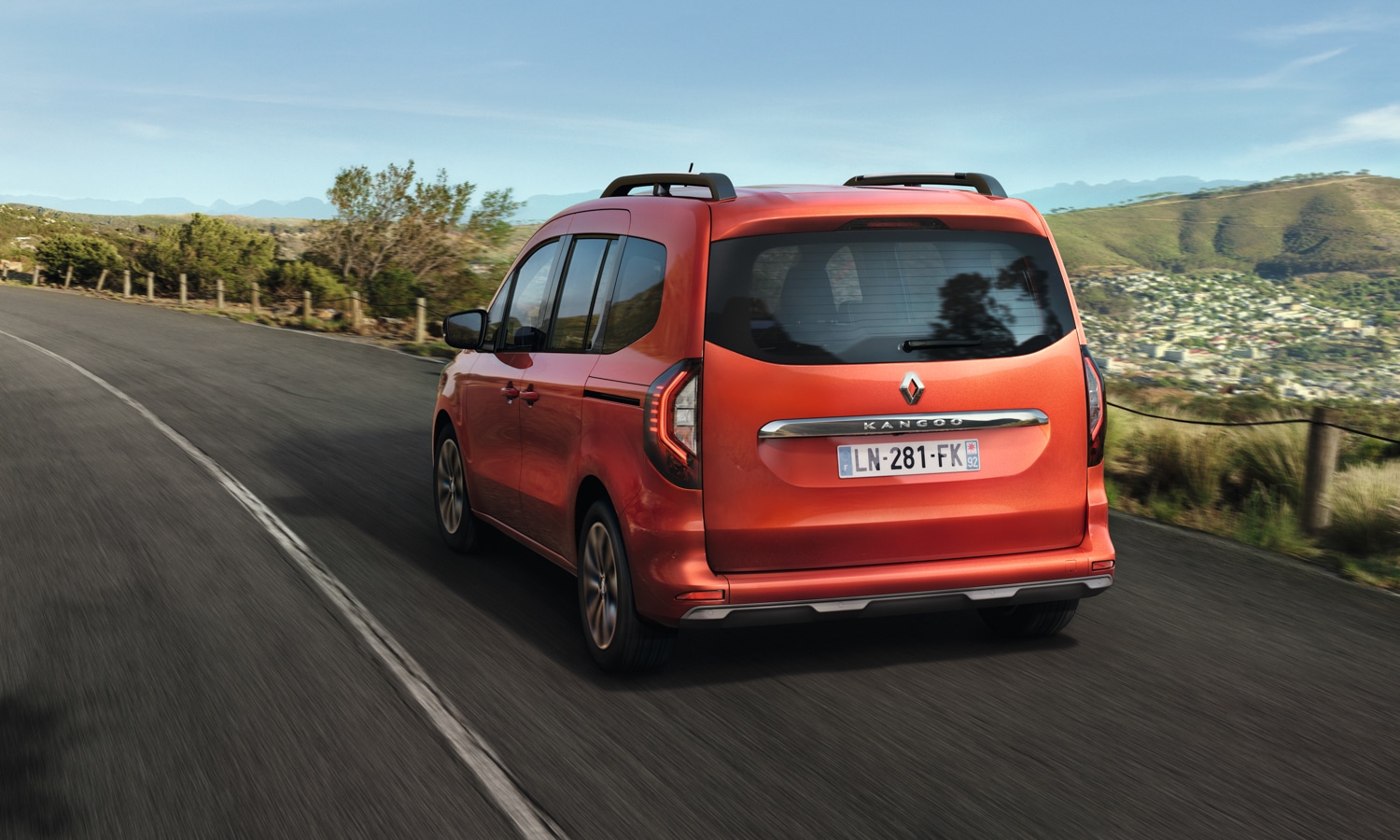
As we have already said, in a short time the market for minivans with an industrial format has grown considerably. The Kangoo is one of the oldest models in the category, but Currently there are many rivals that can stand up to the French model. Some models stand out in the long list, such as: Mercedes Citan, Volkswagen Caddy, Peugeot Rifter, Citroën Berlingo, Toyota Proace City, Opel Combo y Ford Tourneo Custom. Among all of them, it stands out for its excellent interior modularity and for the absence of the B-pillar that facilitates the loading of longer and more complicated elements.
Highlight
- Versatility
- Missing B-pillar
- Design and equipment
To improve
- Access Versions
- Quality of finishes
- safety equipment
Renault Kangoo prices
When setting a price table, Renault wanted to remain faithful to the philosophy of the price-product ratio. The starting price of the Renault Kangoo Combi is 26.595 euros, without offers or promotions. This value corresponds to a model with Authentic finish with a 1.5-horsepower 75 Blue dCi engine with a six-speed manual transmission. The most expensive of the family is the 100% electric Kangoo E-TECH Combi with a techno finish. Its sale price is set at 38.028 euros, without offers or promotions.
Image gallery
The content of the article adheres to our principles of editorial ethics. To report an error click here.

